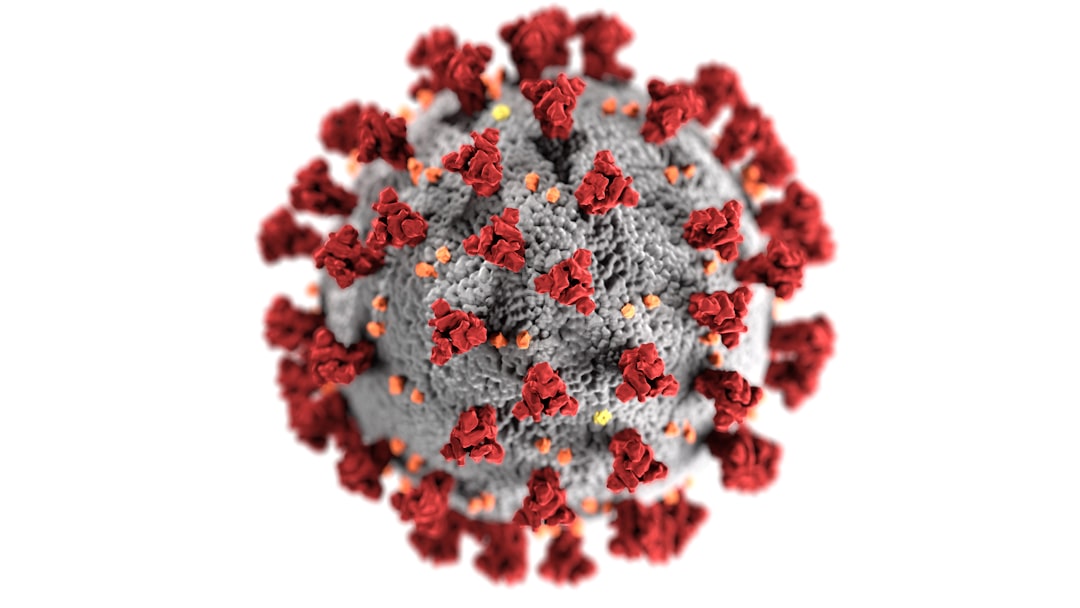What is it about?
What symptoms will last and how long will it interfere with your daily life after surgical treatment? This is a true problem for patients. Therefore, we conducted the SMILE-001 study with the aim of clarifying the actual conditions of symptoms and distresses that patients experience in the first three weeks after lung cancer surgery.
Featured Image

Photo by National Cancer Institute on Unsplash
Why is it important?
By recording PROs (patient-reported outcomes) every day from pre-operative to the first outpatient after discharge, we successfully visualized the patient's symptoms and distresses after lung surgery. Some of the symptoms such as pain worsened (rebounded) after discharge from the hospital, and furthermore, it was found that some patients improved their symptoms in an early stage while others did not. These were new discoveries not understood by medical staffs.
Perspectives
This kind of approach will lead (1) improvement in the accuracy of symptom evaluation and early recognition of complications, (2) provision of real-world data to patients planning invasive treatment (including surgery), and (3) activation of research investigating mechanism of improvement and deterioration of patients' symptoms.
Tomohito Saito
Kansai Medical University
Read the Original
This page is a summary of: Symptom severity trajectories and distresses in patients undergoing video-assisted thoracoscopic lung resection from surgery to the first post-discharge clinic visit, PLoS ONE, February 2023, PLOS,
DOI: 10.1371/journal.pone.0281998.
You can read the full text:
Contributors
The following have contributed to this page










